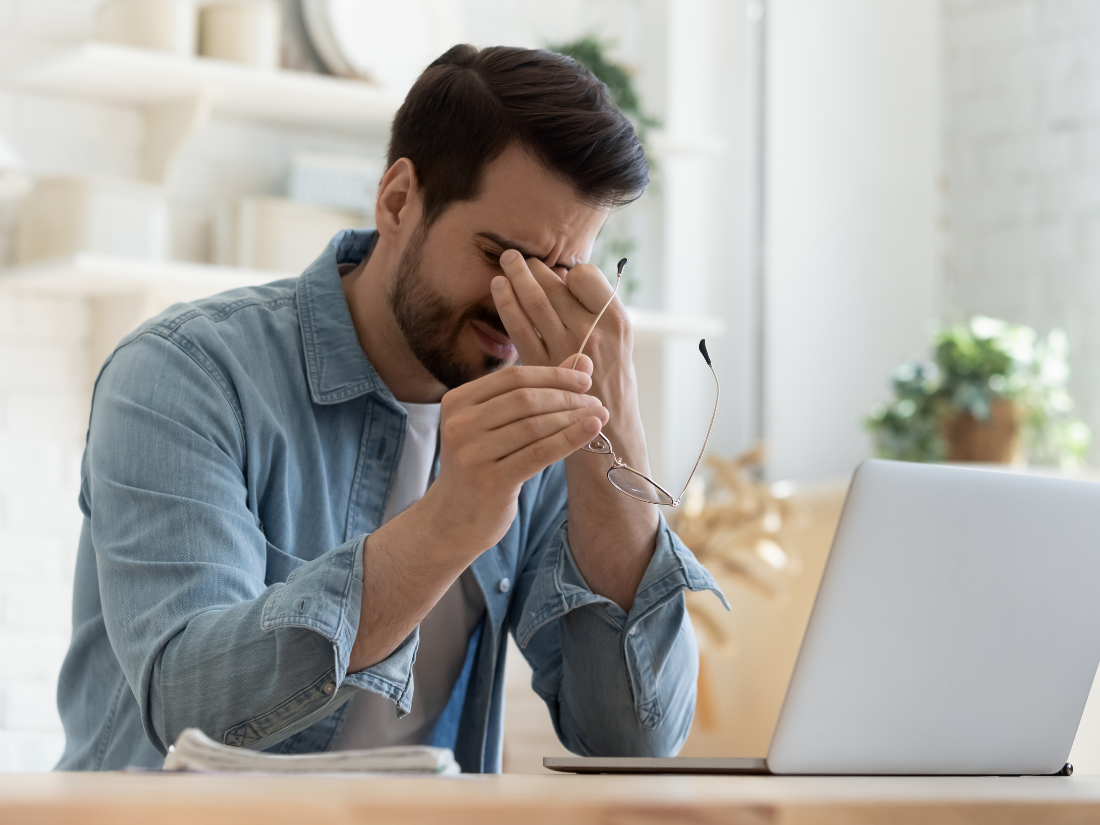How does SARS-CoV-2 spread and is government advice in keeping with the science? – A review of the latest research & the role of PPE & air purification
Research into all aspects of the new coronavirus SARS-CoV-2 is, by definition, at an early stage. It seems that there are four possible mechanisms identified so far by which the virus may spread, but there is little agreement on what exact circumstances may lead to infection and, seemingly, little logic in the application of certain official safety measures. Each are examined below, together with both the official and our suggested means of risk reduction.
1) Direct inhalation of virus-laden droplets from an infected person.
Social Distancing is designed to avoid this risk and requires maintaining a distance from other people of 1 metre (World Health Organisation) or 2 metres (UK Government), There are suggestions that the UK’s 2-metre requirement has no scientific basis (other countries apply different distances) and may be intended simply to add a margin of safety and facilitate close contact tracing (see more below).
It is widely stated in official advice that, to become infected through this route, you probably need to spend at least 15 minutes within 2 metres of an infected person, be directly coughed or sneezed on, or (some definitions) to spend more than 2 hours in the same enclosed space even if more than the ‘safe’ distance. Given that:
Scientists agree that they have no understanding of the amount of virus required to cause infection, and
Official advice remains [although see 3) and 4) below)] that airborne transmission is unlikely to occur,
these criteria appear inconsistent when considering the officially-accepted modes of infection, and yet dangerously over-optimistic given the lack of scientific understanding.
If infection typically requires 15 minutes of close contact, why maintain distancing measures for casual encounters in, for example, supermarkets? And why all the fuss about passing others on narrow footpaths? So where does the apparent importance of 15 minutes come from?
Given the wide range of activities that could be undertaken in this timeframe we conclude that the 15-minute cut-off has little to do with the science of infection risk and everything to do with practicalities. Where efforts are made to trace and quarantine close contacts, the task becomes increasingly more difficult the shorter the contact time considered. We pass by considerable numbers of people in a typical day and tracing them all would prove impossible. It seems a 15 minute rule creates a realistic possibility of contact tracing everyone (an average of 36 individuals per person) whilst ensuring, statistically at least, the number of close contacts who cannot be traced and yet are infected are an acceptably small proportion of the total. Logically, of course, we would expect that infection can occur in seconds, given the right circumstances.¹
Further, if, as the WHO states, 1 metre is a safe social distance, maintaining a potentially unnecessarily large 2 metre gap will have devastating consequences on the economy, particularly once lockdown measures begin to be relaxed. A two metre distance requires more than 16 m² of space per person, whereas a one metre spacing needs a little over 4 m² - meaning any shop, pub, restaurant, public transport, or arena might only be allowed one quarter of the safe population.
PPE & Other Precautions: Social distancing will be most effective. Otherwise, higher quality face masks, used and removed with caution in mind will reduce the risk – particularly when worn by the infected person. However, some evidence suggests that removal of PPE can aerosolise droplets on the PPE.
2) Indirect transfer of virus-laden droplets via any surface
– including you, your clothing, or a third person.
Originally believed to be the primary method of transmission, the virus can remain viable for up to several days, depending on the surface and other conditions. Prevention measures involve regular surface cleaning and frequent hand washing to prevent the inadvertent transfer of virus to your face.
It is realistically impossible to reduce the risk of transfer though this method to zero, not least because of the risk of asymptomatic, and therefore unnoticed, people leaving a trail of virus in their wake. Efforts to minimise infection this way have, in all probability reached their maximum and it is natural to assume that diligence might wane in coming months.
PPE & Other Precautions: Hand hygiene and frequent surface cleaning will reduce the infection risk significantly. The use of face masks may indirectly prevent transmission via face-touching.
3) Aerosolisation of viral droplets.
Some of the virus-laden droplets exhaled by an infected person are sufficiently small to remain suspended in the air for significant timescales, yet large enough to carry transmissible virus.
This route is probably the subject of most research, given the fear that a truly airborne infection could make control of the pandemic significantly more problematic, but also the subject of much confused reporting. Many publications choose to differentiate between ‘large’ droplets and ‘small’ aerosols, yet respiration emits droplets in a vast array of sizes. Certainly a larger droplet is likely to drop to the ground quickly and to contain more virus, yet a small, aerosol particle can, it seems, also be infectious and, because it can remain airborne and available for the next passing person to inhale, might prove a bigger risk – especially if official advice that aerosol transmission isn’t considered a primary transmission route leads to a continuing lack of otherwise practical precautions.² Aerosols falling eventually onto surfaces increase the incidence of route 1). Indoors, air recirculating systems and air conditioning may exacerbate the spread of aerosol droplets.³
PPE & Other Precautions: There is no official guidance here. Face masks will reduce the emission of droplets by infected persons but typically (except for high quality, medical issue) are thought to do little to prevent infection of the wearer. High volume HEPA-standard air purification will reduce indoor aerosol levels significantly and reduce the cumulative effect to route 2 from deposited aerosol.
4) Attachment of aerosolised virus to air pollution particles.
Recent research has uncovered the prospect that virus droplets, potentially not having the aerodynamic properties to remain airborne alone, can adhere to particulate air pollution and become widespread, although diluted through dispersion.
It is already known that air pollution plays an extraordinarily significant role in the mortality of respiratory illnesses – for example in the SARS epidemic mortality rates were around double in regions of higher pollution than where pollution levels were low. Even short-term exposure had a substantial effect.⁴ It remains to be seen whether pollution facilitates active transmission of the virus, but we do know that it weakens the immune system and damages lung function before infection and during illness. This potential route has yet to be the subject of government comment.
PPE & Other Precautions: Correctly specified air purification can readily remove pollution particulates that viral particles may attach to. Non-medical face masks suitable for day-to-day use will not generally capture smaller particulates.
Public Perception
There is some suggestion that official policy may partly be driven by a desire to be seen to do what the public expect, rather than purely by the underlying science. For example, despite widespread advice that face masks provide little protection when worn in public places, there is an increasing expectation that we will be required to wear masks in the early stages of unwinding the lockdown. There is a danger that, to the average person, face masks will become more important than frequent hand washing, despite strong evidence that hand washing is a strong preventative action, Likewise, school closures were initially resisted by the government on the grounds that schools were not a significant source of cross-infection. Now we hear that schools cannot re-open in the near future due to the infection risk – a stance perhaps not unrelated to the ongoing closure of schools elsewhere, concerns from teaching unions and an increasing indication that the public majority want more protection.
Conclusion
Official guidance provides a uniform set of measures aimed at preventing the spread of Covid 19 in ways easily adopted by the population. This enables practical management of the primary risk factors but, as a result of necessary standardisation, does not necessarily provide maximum protection for each individual. Similarly, as seen above, not all the measures appear strictly scientifically based and ongoing research suggests there may be important gaps in the advice through which large numbers of the vulnerable may fall.
Recommendations
This paper aims to help the reader identify how they may best protect themselves, and those for whom they are responsible.
Official PPE and hygiene advice should be followed at all times, and higher specification equipment can be used where budgets allow.
Additionally, air purification can make significant improvements to the potential risks of infection under routes 3) and 4), as well as smaller improvements under method 2). There is a known and strong correlation between the level of air pollution and viral respiratory illness and mortality. The adverse health impacts of air pollution, particularly to the same demographic as are especially vulnerable to the virus, suggests there is a valuable part to be played by properly employing air purification systems in the indoor management of Covid 19, irrespective of anti-infection measures.
Given that appropriate purification systems have a lifetime cost substantially less than that of mainstream PPE and will provide known benefits long beyond the Covid crisis, we recommend consideration is given to equipping any indoor space occupied by the vulnerable where complete isolation is not possible or practical.
1. https://www.medrxiv.org/content/medrxiv/early/2020/02/17/2020.02.14.20023036.full.pdf
2. https://www.plainair.co.uk/blog/coronavirus-air-pollution
3. ‘ Droplets’ is used generically to describe liquid or liquid combined with particles. An aerosol is a droplet sufficiently small to stay airborne in the same manner as particulate air pollution.
4. https://www.ncbi.nlm.nih.gov/pmc/articles/PMC293432/





.jpg)
.png)









